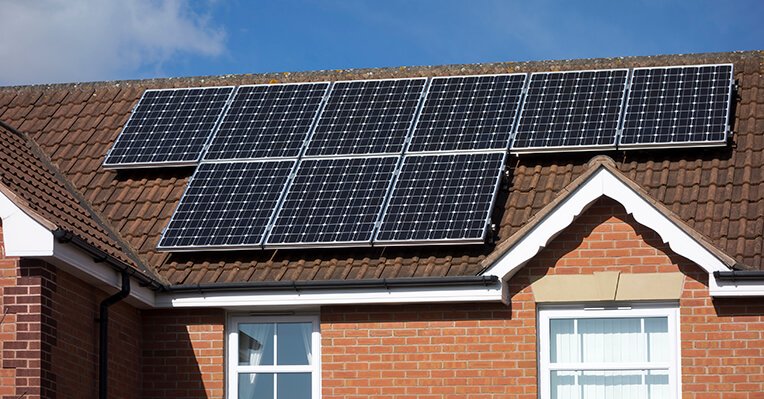Discover Why Must Solar Power Be Standard in Houses in every home. Learn about the environmental benefits, cost savings, and energy independence that make solar energy essential for sustainable living

Introduction
If you are considering switching to solar energy, this could be the right time for you to make the transition. Solar energy has been growing in popularity in recent times. With rising energy prices and increasing environmental issues, solar energy provides homes with an intelligent and ecological option. Saving money is only one aspect of it. Another is investing in a healthier, promising future for the earth and yourself. This article examines the benefits of using solar energy.
Advantages of switching to solar energy
1. Cheaper than ever
The cost of solar panels is lower than before. The cost of solar panels has decreased substantially as a result of increased production and technological advancements. Solar panels Birmingham have also become more affordable due to these factors. However, there is much greater news than that. The government is eager to support solar energy as well. Although state-specific benefits may differ, many provide subsidies based on your system’s capacity.
2. Increases the house’s value
The value of your home can be increased with solar panels. Solar panels are regarded as an improvement to your house, much like a new bedroom or an upgraded lawn. Studies have shown that homebuyers are often willing to pay more for a house that has solar panels installed. Your solar investment could provide greater returns when you decide to sell your house.
3. Clean and environmentally friendly
Solar energy is a great option if you are concerned about the environment. Solar energy does not pollute the environment or cause pollution, compared with other methods of producing electricity. It doesn’t contaminate water or emit greenhouse gases. It is among the cleanest energy sources available to us. When solar panels are operating, they don’t produce any noise. You can produce electricity without disturbing others.
4. Needs less maintenance
Solar panels are durable and require little upkeep. They only require cleaning a few times a year. Additionally, it is better to have professionals perform this, that are knowledgeable in their field. The inverter is the sole component that may eventually need to be replaced. Usually, it lasts around five to ten years. Solar panels have a 25 to 30-year lifespan or beyond, and it provides you with the value of your investment over its lengthy lifespan.
5. Strengthens grid security
The electrical grid gets more secure as more people use solar power. A grid with many solar users contains several power generators located around the area, rather than one huge generator. This reduces the system’s overall exposure to issues like outages and natural calamities. If there is a problem in one area, it does not have a significant impact on the others.
Conclusion
Making the switch to solar power is a significant step toward energy independence. Your roof is where you are producing your power. This implies that you will be less affected by growing energy prices and less reliant on the power company. Join the millions of homes that are experiencing the rewards of clean, sustainable solar energy by considering solar power.

